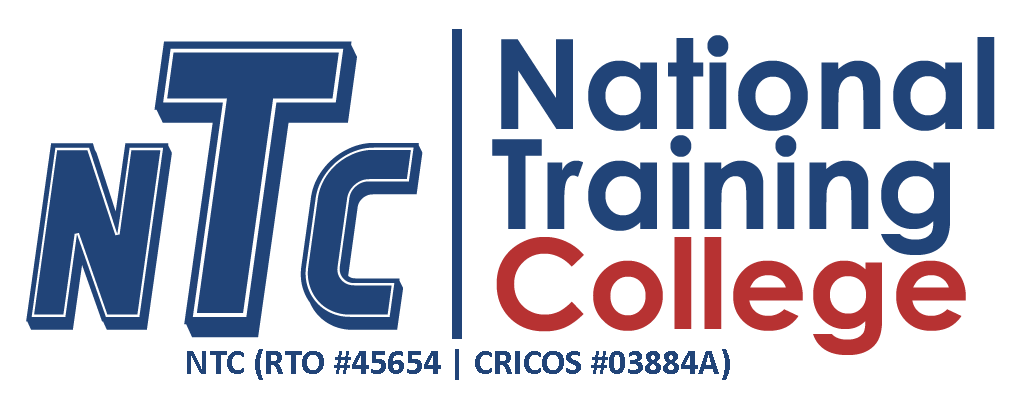A head injury or concussion is a blow to the head from an external force that could be caused by an attack, a fall, or an accident. Injury on the head should be suspected if the victim started showing signs of injury to the head or face. However, there can be head trauma without obvious external signs of injury. It’s best for the victim to seek a professional assessment regardless of the severity of the injury.
Warning signs of head injury usually includes:
- Loss of consciousness
- Persistent headache
- Nausea/vomiting,
- Dizziness
- Convulsion or Seizure
- Trouble thinking/remembering
- Slurred speech
- Vision/hearing impairment
Open Closed Injuries vs. Closed Head Injuries
Head injuries can be either closed or open. An open head injury occurs when there is an enough force that breaks through the skull. While a closed head injury is when the head is subjected to a direct hit or blow, yet the skull remains intact.
Both open and closed head trauma are serious medical emergencies that require immediate medical attention. They both have varying degrees of concern.
- Mild
- Moderate
- Severe
Concussion
Concussion is a mild traumatic brain injury (TBI) a mild form, this can also occur after a blow to the head from an external force. Symptoms of concussion may appear immediately or may not appear until days later
Signs of Concussion
- Headache
- Fuzzy or blurred vision
- Nausea or vomiting
- Dizziness
Symptoms of concussion
- Headache
- Tension headache
- Blurred Vision
- Dizziness or vertigo
- Confused or confusion
- Nausea or vomiting
- Seizure
Learning to recognise a serious head injury and be able to apply first aid can save someone’s life.
First Aid for Head Injuries and Concussion
The standard protocol for applying first aid to head injury is to follow DRSABCD
- Check the person’s airway, breathing and circulation.
If they are not breathing, begin rescue breathing and CPR, use a Defibrillator (AED) if available.
- Firmly support the head & neck
Stabilize the head and neck and maintain in line spinal immobilization.
- Treat any possible wounds
Stop any bleeding by firmly pressing a clean pad on the wound without applying direct pressure to the skull.
- Ensure open airway
The person often vomits once after a head injury. Maintain open airway by turning them on their side. Extend your arms to support the person’s head and neck through the process.
- CALL the AMBULANCE on 000 RIGHT AWAY
Phone an emergency hotline or ask another person to make the call.
Attending a practical first aid course is a must to understand what to do in a medical emergency.
Interested in obtaining first aid certificate?
Get your statement of attainment on the same day, Take a First Aid, CPR, AED or Child Care Course Today.
Our First Aid Courses are delivered strictly in line with Guidelines from the Australian Resuscitation Council – ARC


Im grateful for the post. Much thanks again. Much obliged. Geri Kaine Sello
Thanks for this well-written article. Really interesting ! Saudra Johnnie Shadow
Wow, marvelous blog layout! How long have you been blogging for? you make blogging look easy. The overall look of your website is great, as well as the content! Reine Franny Leontina